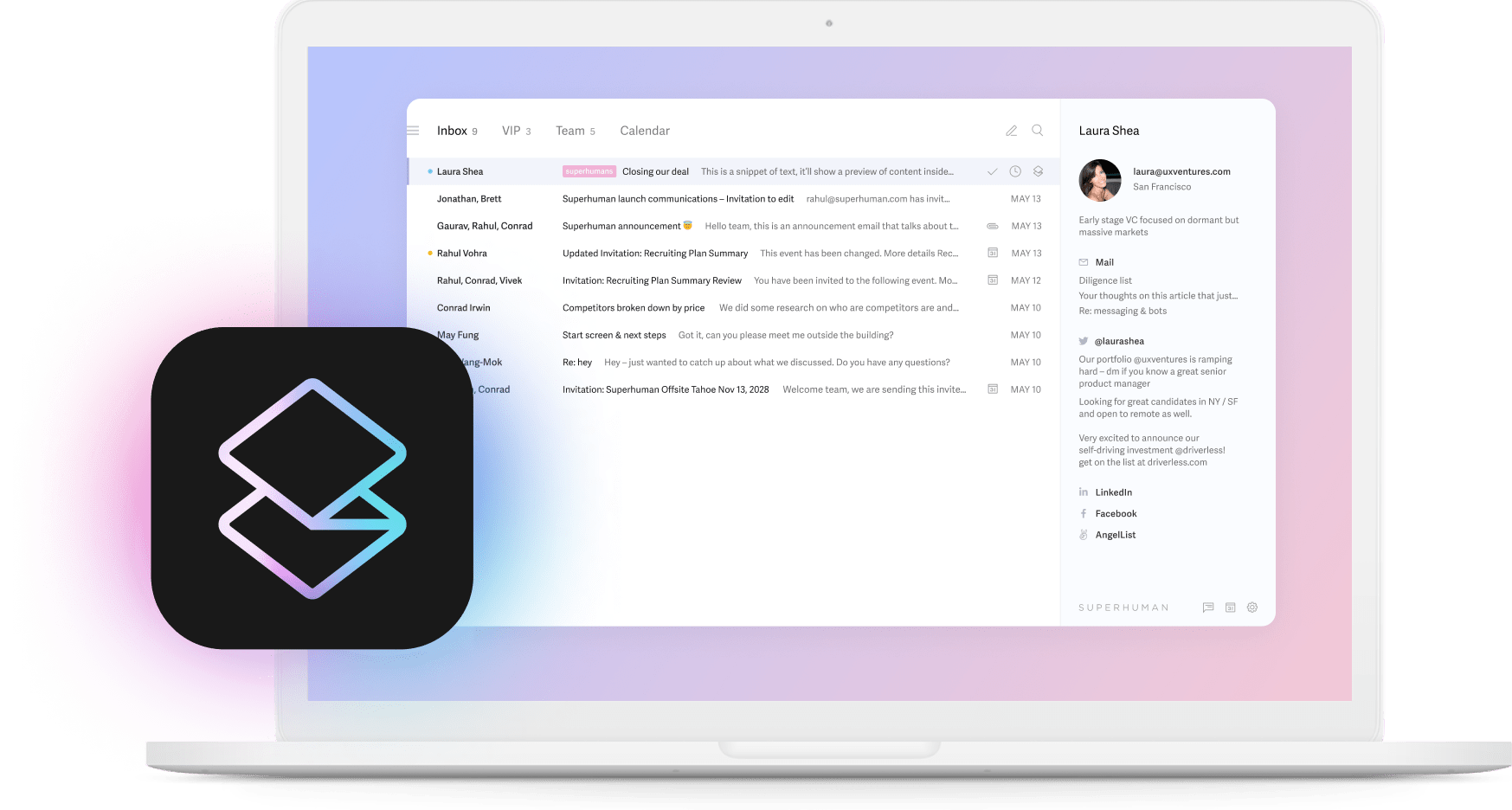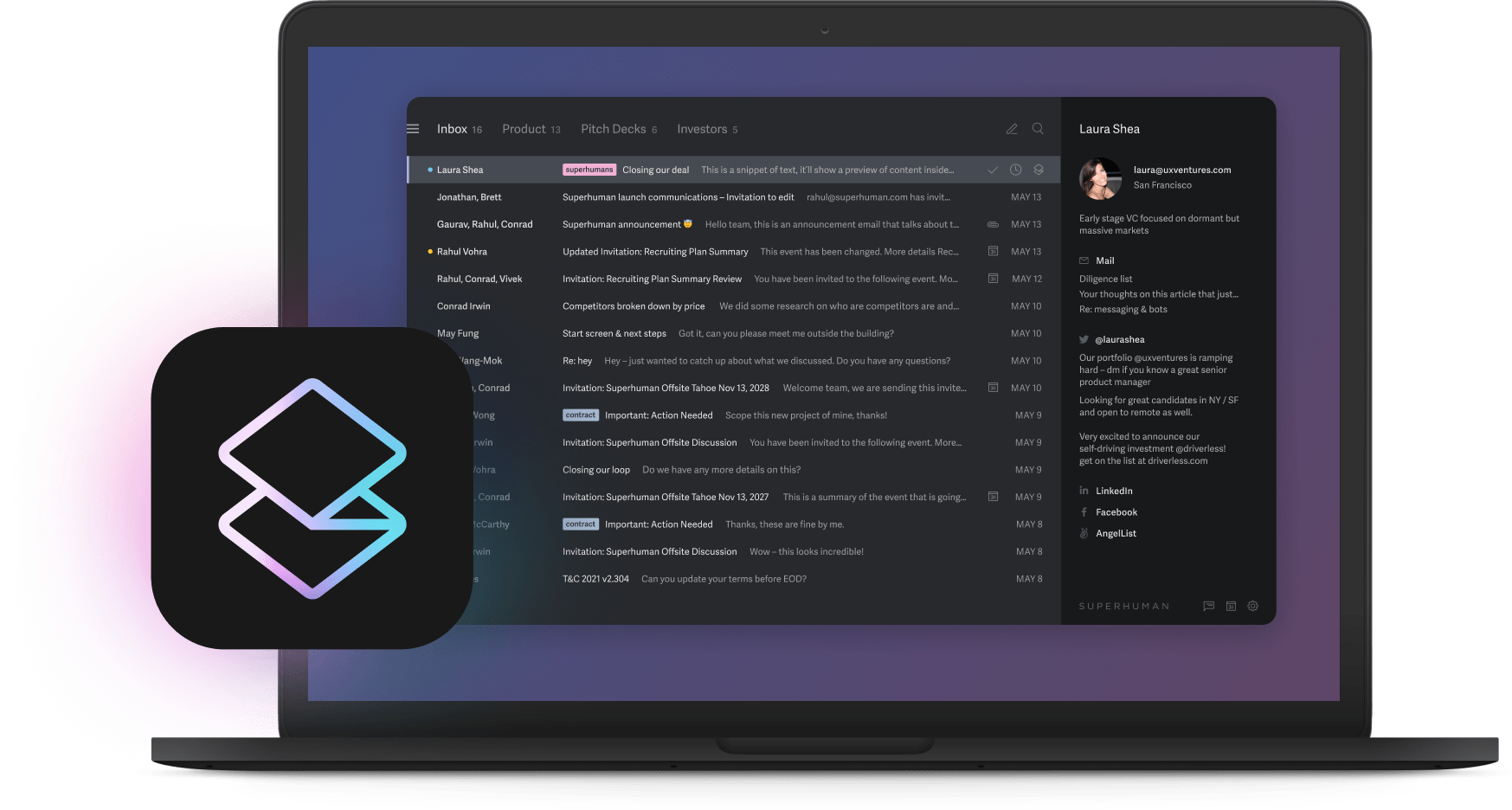
Working professionals spend hours drafting emails each week. The time and consideration we put into writing the perfect message deserves a perfect ending.
How do you end an email gracefully? What should you remember to include? Most emails benefit from an appropriate sign-off. This article will break down the most important components of email endings, explain why they're just as important as the beginnings and middles, and provide some email sign-off examples.
What is an email sign-off?
Signing off on an email is how you say goodbye to your recipient. A simple word, or a few words, is all it takes to express gratitude to the person on the other end.
The words you choose should vary depending on the type of email you’re sending and to whom you're sending it. Sometimes, it may also be wise to end your email with a summary of its contents.
When should you summarize an email?
As you're finishing an email, you may want to briefly summarize your message. This is only necessary for longer emails that cover a lot of information.
In this scenario, a summary clarifies your intent and reminds the recipient if you require something from them. A sentence or two should be sufficient.
The very end of your email can also be a place to send appreciation to the person. When you're applying for a job or receiving assistance, let the person know that you appreciate their help. In professional settings, proper email etiquette is to avoid emojis or improper slang like "thx" or "lol."
What are the types of email sign-offs?
You're likely handling either a formal email or a casual email. A formal email often takes the form of professional communication with a business contact, while a casual email is typically directed toward family and friends.
You should always remind yourself of the type of email that you're sending before selecting a sign-off that matches your intent.
Formal email closing
A professional email for business communication will likely end with a formal courtesy, such as "best regards," "kind regards," or "sincerely." A professional email closing should avoid terms like "thanks" or "yours."
Additionally, some combination of "I appreciate your" along with "help," "input," "feedback," or "timeliness" can display the intent of the preceding email message.
Casual email closing
A casual email or informal email can sometimes be appropriate to send to a coworker, depending on your relationship and roles in the organization. However, personal emails to friends and family are more common examples.
If the recipient is a loved one, you can feel comfortable sending an email closing line like "xoxo." For all others, a last line like "take care," "have a great day," "warm regards," or "best wishes" are also acceptable.
If this email is a casual business email, you should opt for a simple "thanks," "take care," or "best." These email closing phrases aren't as formal as “sincerely” but not as casual or cold as "bye."
What are the components of an email signature?
One of the best features of email signatures is that they can be customized in HTML. They can also be saved to automatically apply to every message. These features exist in all major email clients, including the free Gmail and Outlook options.
If you sign off your emails the same way every time, like in a work setting, you can include your sign-off as part of your signature, too. For example, if you end each email with "sincerely" and then your name, you can save that to your signature to save you even more time when ending a message.
Depending on your line of work and needs, an email signature can contain one or all of the following:
Your contact information
It's good practice to include your full name, job title at your company, company name, and phone number if appropriate. These details can serve as quick references when the email recipient needs to reach you. Think of it like a digital business card.
Links
Including relevant links in your signature can show recipients a fast way to find you online. These links can be related to social media, such as LinkedIn, or a link to your company's website. It can also be helpful to include the logos of each social media account rather than writing out their names.
Call to action
A call to action, or CTA, can be inserted in your signature if you routinely send emails that require the recipient to do something afterward. For example, a Calendly link as your call to action would make sense if you run a business and routinely schedule meetings. Additionally, if you work in sales, a "Sign up" or "Book a demo" button are great CTAs.
Why is it important to proofread?
Now that you know the components of the end of your email, you should always proofread what you've written. Check for typos and grammatical errors and ensure your email reads well. The end of your email should make sense in relation to what you've already written.
This is also a good time to check that any files you intend to send with your message are attached. For instance, it's hard to make a good first impression when sending a job application if you forget your cover letter in the email.
Closing thoughts
The end of your email can make a positive impression, especially with formal business emails. The key is to be concise and respectful and always review what you've written. Working smarter, not harder, allows you to put more thought into the end of your email and gives you greater control of what matters most.
Superhuman is the most productive email experience ever made, designed to help you to fly through your inbox twice as fast and reply two days sooner.


Get started with Superhuman and save four hours every single week.


